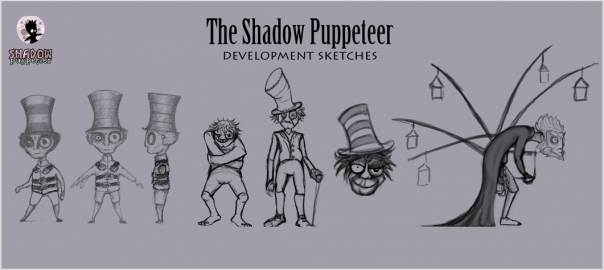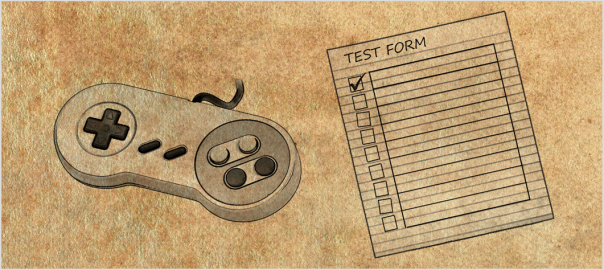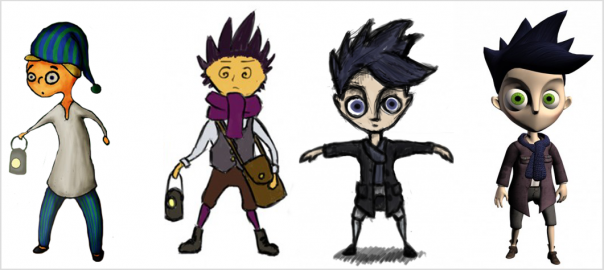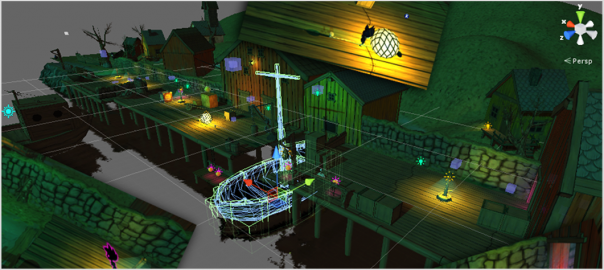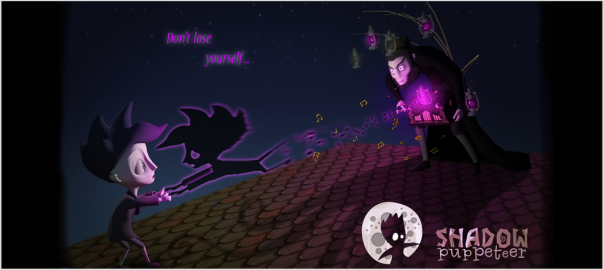Today we’ll write about the design process for the main villain: The Shadow Puppeteer!
Compared to the development of the Boy where the focus lay primarily on the physical aspects, the development of the Puppeteer was much more psychological.
When creating a villain you have to decide what makes him or her a villain and what «brand» of evil that is. With the Puppeteer we had to consider this: Is he aware of his actions and the consequences? Is he dumb? Is he intelligent?

